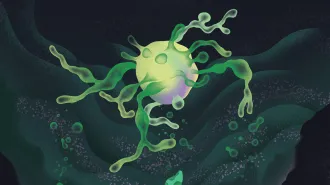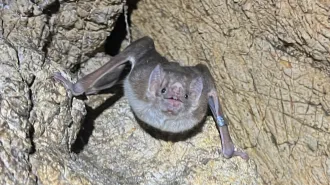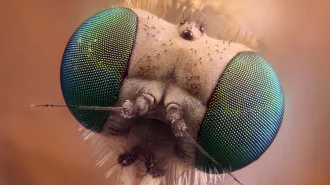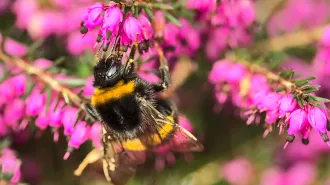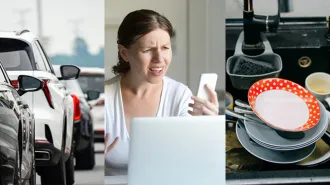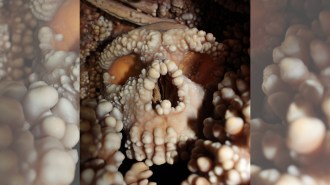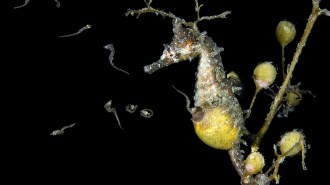Acid-bath method for making stem cells under fire
Researchers give tips for reproducing results, but one coauthor calls for retraction
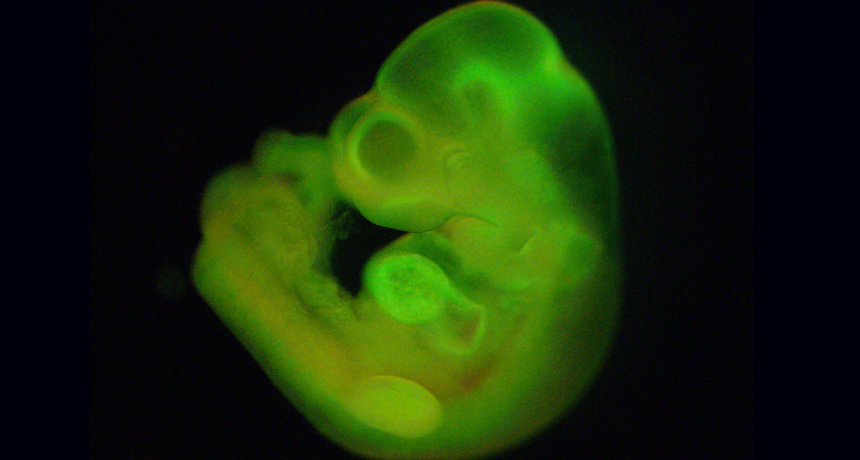
STEM CELL RESULTS QUESTIONED A technique for making a type of stem cell called STAP cells (shown in green) that can reportedly transform into any cell type is now in question as multiple researchers have failed to replicate the results.
H. Obokata
